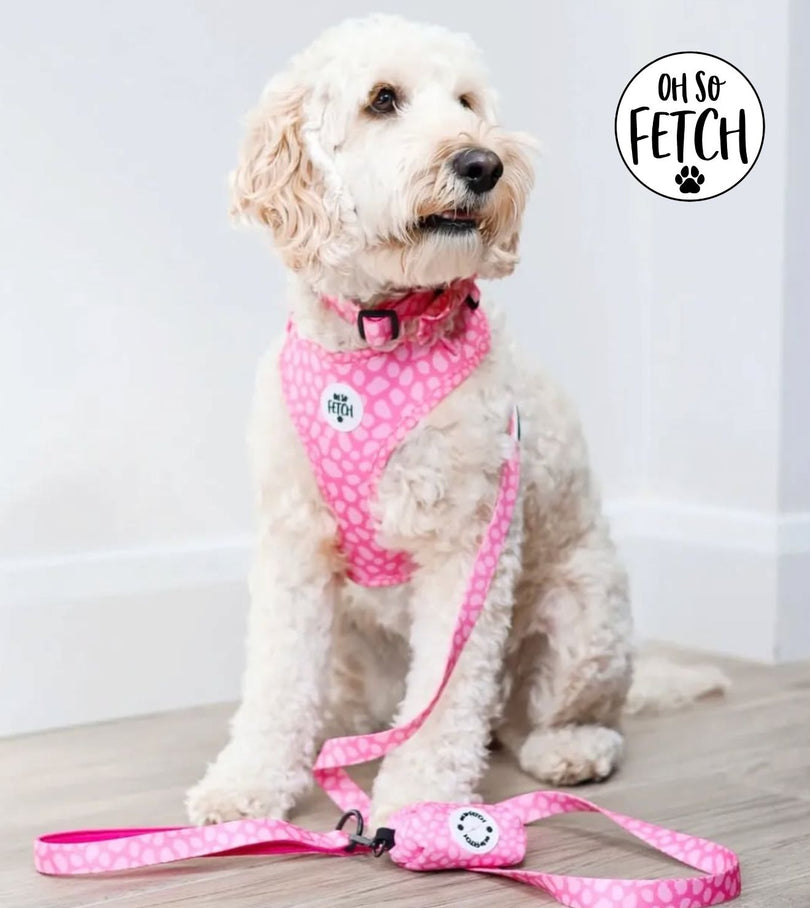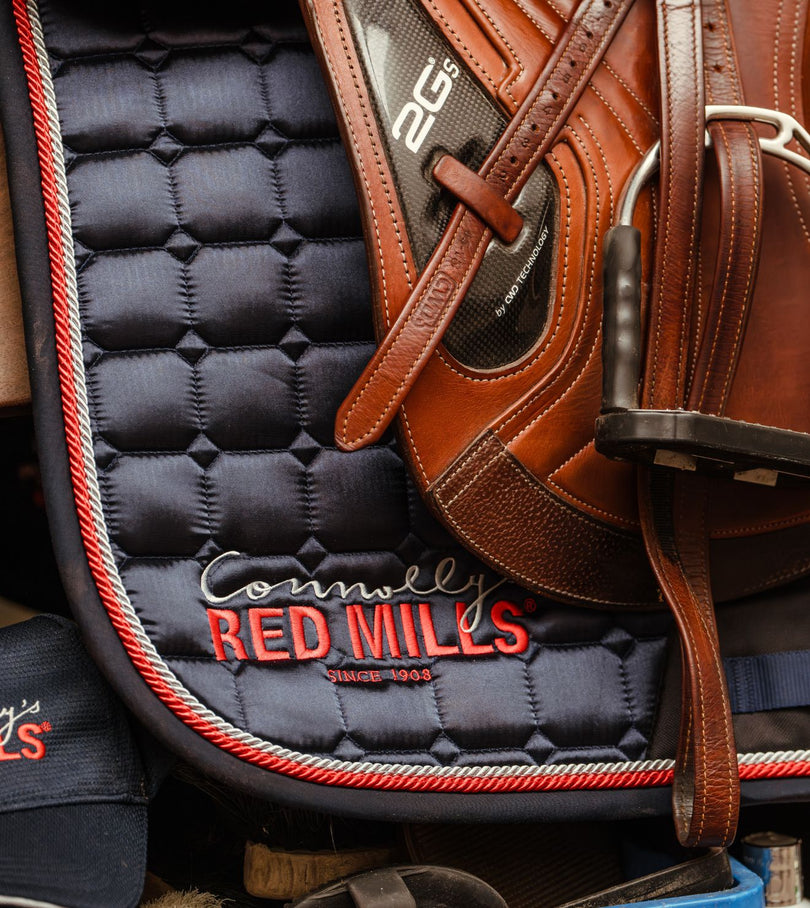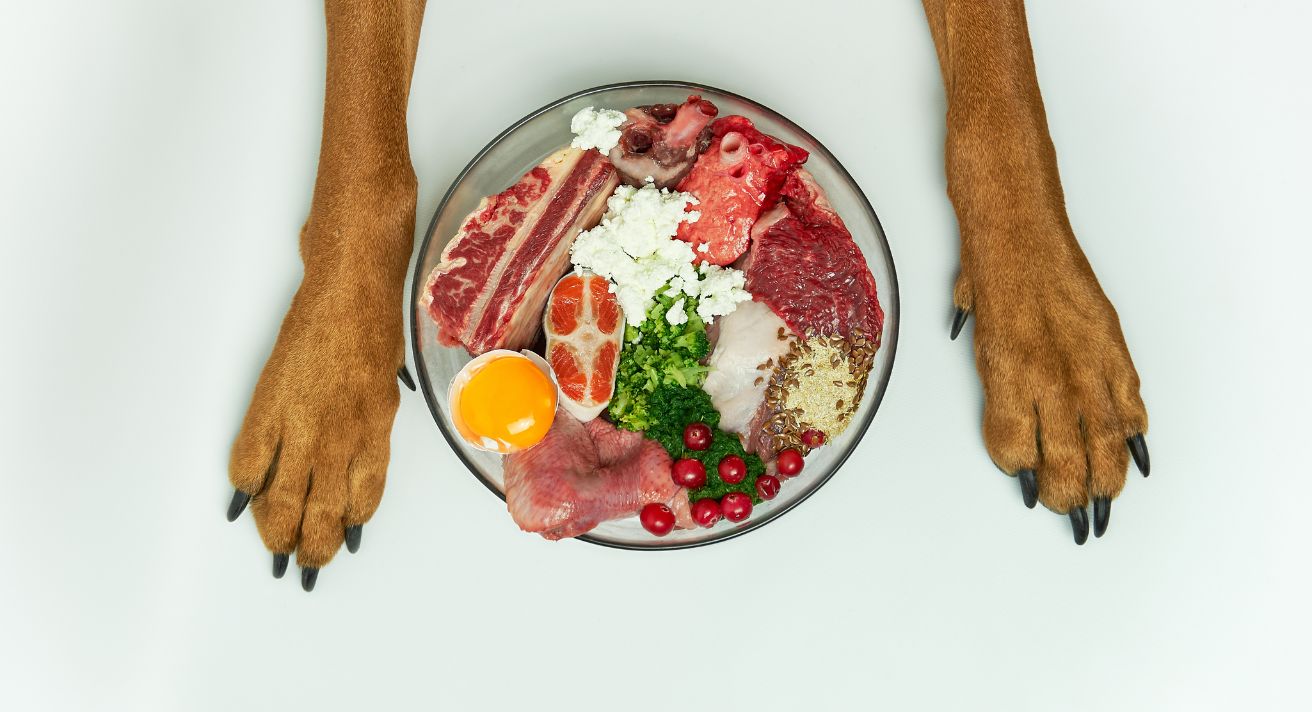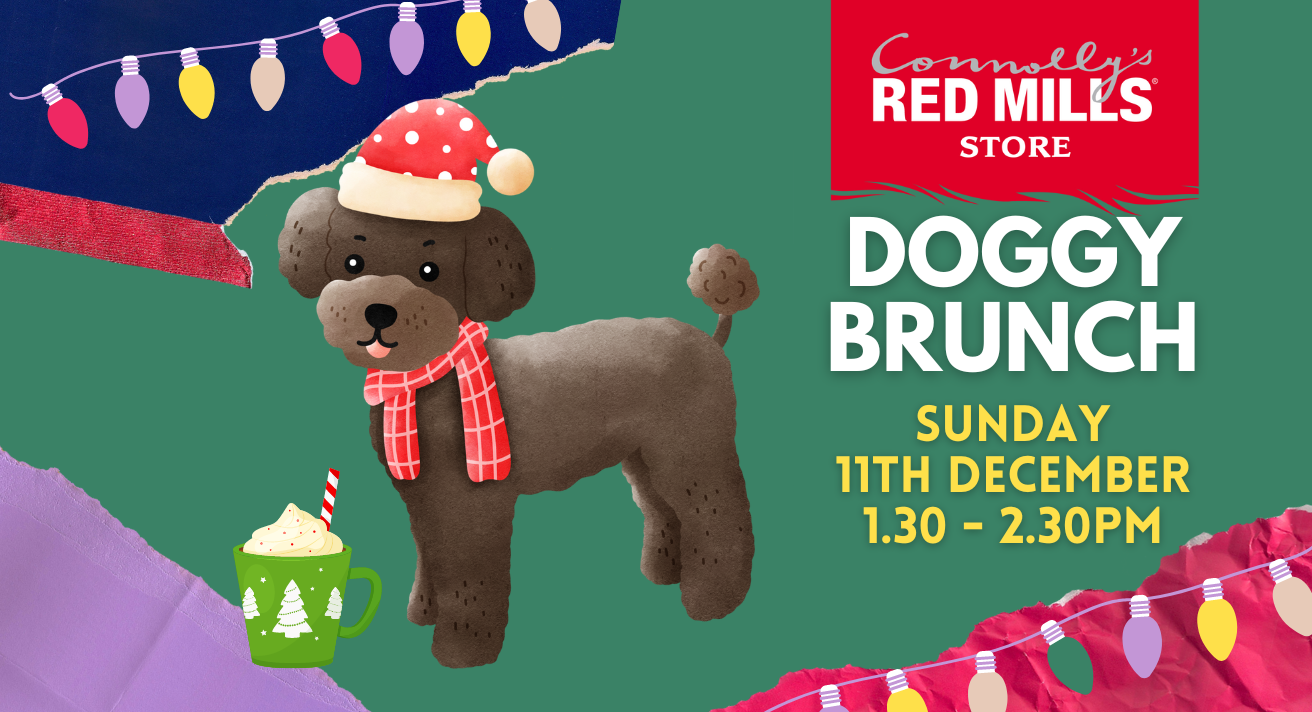Our dog’s nutritional needs are not static. They change over time based on our dog’s health, activity level and age. While it isn’t recommended to switch dog foods frequently, it is a good idea to reassess every now again to make sure you are feeding the best food for your dog for their current age and lifestyle.
Canine obesity is a genuine problem, and dogs are a lot less complicated than we are when it comes to weight. They love food. They don’t worry about how they look, only how they feel. And if they are putting on too much weight, they won’t feel good. Excess weight puts a strain on their joints and heart, subtly shortening their life span. We all want our best friends to be with us as long as possible, and to enjoy their lives as much as possible. Sometimes a switch to low calorie dog food is the key to making that possible.
How to Tell If Your Dog Needs to Cut Calories
If your dog is putting on a little excess weight, it is time to reduce the calories, increase their exercise or both. You don’t need to pop your pooch onto the scale regularly if that’s difficult. In general, you should be able to feel your dog’s ribs but not see them. When you look down at your dog, you should be able to see their waist. If they are more oval shaped, it’s time to lose some weight.
Lifestyle is another consideration. We tend to be more active and walk our dogs more often, and for longer, when the weather is good. For most of us, the change in our exercise habits isn’t very dramatic. Mostly, the calories our dogs burn off walking more in the good weather are burnt off keeping warm in the cold weather. But if there is a dramatic difference in your walking routine, and your dog is indoors most of the time in winter, it might make sense to switch to a lower calorie food over the winter months.
We all love to give our fur babies treats. But if you are worried about their weight, treats are the first thing to review. You don’t have to cut them out entirely. Try low calorie training treats. Your dog will love them just as much, and it will help keep them healthy.
Making the Switch to Low Calorie Food
Regardless of why you are switching foods, it is best to do it gradually unless your vet has advised otherwise. An abrupt switch can upset your dog’s stomach – and that isn’t good for either of you. For the first week, you can feed one part new food to three parts old food. Then feed equal amounts of each for a week. For the third week, feed three parts new food and one part old food. After that, you can feed the new food exclusively. You can slow this process down if your dog is showing any signs of an upset tummy.
Wrote by: Irene Hislop













